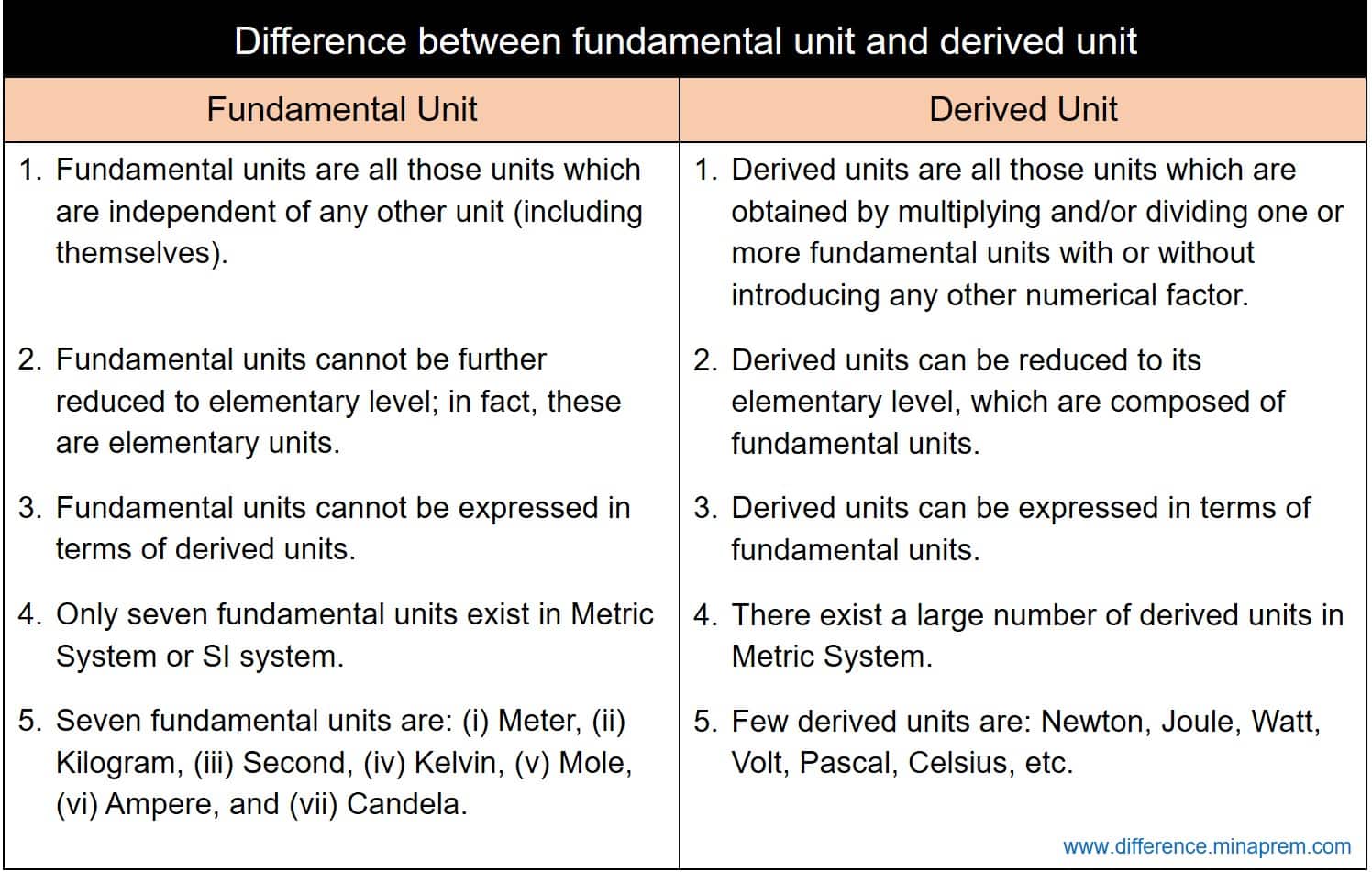Every physical “matter” intrinsically consists of one or more “properties” (such as mass, weight, length, velocity, temperature, current, etc.). By definition, every property of a matter is measurable and quantifiable. Measurement of a property can be carried out with suitable instrument. However, to quantify the measured result, a “magnitude” along with its “unit” is required to present. By definition, a unit of measurement indicates “a standardized and well-defined magnitude of a property of the physical matter”. Every measurable physical quantity must be presented with the number indicating its magnitude followed by appropriate unit. Specifying only a number to quantify a physical quantity is not sufficient; in fact, it is absolutely incorrect and misleading, unless the number is presented along with corresponding unit. For example, while buying salt, if you ask the shopkeeper to give you 1 salt, it will be confusing for practical reason unless you mention appropriate unit along with the value 1. That means, if you ask to provide 1 kg salt, then it makes sense. Thus unit is absolutely necessary to indicate along with corresponding magnitude while specifying any measurable physical quantity.
However different countries or even different parts of a country may follow different standards that specify a particular unit for every physical quantity. It is worth mentioning that various international, national and local standards may also follow different units for same physical quantity. Such variety in standardization paved the way for evolution of one internationally acceptable standard of measurement, known as Metric System or International System of Units (SI system). Entire metric system is composed of two different types of units, namely, fundamental units and derived units. Among all such units specified in SI System, there exist only seven independent units and all other units are formed by combining these seven independent units. These seven independent units are called Fundamental Units (or Base Units); whereas all other units that are obtained or derived from fundamental units are called Derived Units. So derived units are not independent; they are basically composed of two or more fundamental units. Thus every derived unit can be disintegrated into its elementary level having only fundamental units. Various similarities and differences between fundamental unit and derived unit are given below in table format.
Similarities between fundamental unit and derived unit
- Both fundamental units and derived units are parts of International System of Units (SI) and are standardized.
- Both fundamental unit and derived unit are overwhelmingly used in common purposes to express corresponding physical quantities.
Differences between fundamental unit and derived unit
| Fundamental Unit | Derived Unit |
|---|---|
| Fundamental units are all those units which are independent of any other unit (including themselves). | Derived units are all those units which are obtained by multiplying and/or dividing one or more fundamental units with or without introducing any other numerical factor. |
| Fundamental units cannot be further reduced to elementary level; in fact, these are elementary units. | Derived units can be reduced to its elementary level, which are composed of fundamental units. |
| Fundamental units cannot be expressed in terms of derived units. | Derived units can be expressed in terms of fundamental units. |
| Only seven fundamental units exist in Metric System or SI system. | There exist a large number of derived units in Metric System. |
Examples of seven fundamental units, their abbreviation and corresponding physical properties are as follows:
|
Examples of few derived units along with corresponding physical properties are:
|
Definitions of fundamental unit and derived unit: By definition, fundamental units are all those units of Metric System which are independent of any other unit (including themselves). Contrary to this, derived units are all those units of Metric System which are derived or obtained by multiplying and/or dividing multiple fundamental units and sometimes with other constants.
Reducing units to elementary level: Fundamental units are actually elementary units and thus cannot be reduced further. Since derived units are composed of fundamental units, so all derived units can be decomposed into elementary level until all elements of the unit are becoming fundamental units. For example, unit of force is Newton (N), which is one derived unit. It can be reduced to its elementary level as kg.m/s2, where kg (kilogram, unit of mass), m (meter, unit of length) and s (second, unit of time)—all three are fundamental units.
Expressing derived unit in terms of fundamental unit: Since fundamental units are elementary in nature and cannot be reduced further, so it cannot be expressed in terms of other units. On the other hand, derived units can be reduced to its elementary level and thus it can be expressed in terms of fundamental units. For example, unit of mechanical work is Joule (J), which is one derived unit. Since every derived unit can be expressed in terms of fundamental units, so Joule can also be written as N.m or kg.m2/s2. In conclusion it can be said that derived unit can be expressed by fundamental units, but not vice versa.
Number of such units present in Metric System: There exist only seven fundamental units in SI system, which are meter (unit of length), kilogram (unit of mass), second (unit of time), kelvin (unit of temperature), mole (unit for amount of substance), ampere (unit of current), and candela (unit of luminous intensity). There exist a large number of derived units in SI system. Thus entire Metric System is composed of seven fundamental units and ample derived units.
